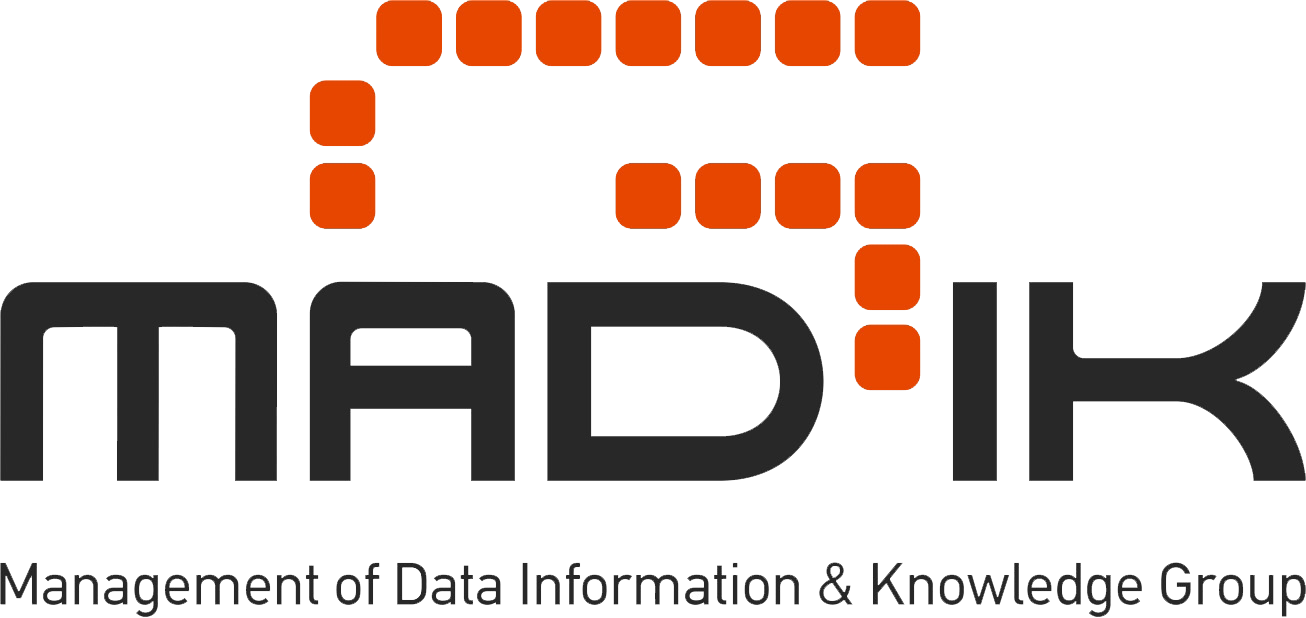Linear Constraint Databases for the Semantic Web: The Model stRDF and the Query Language stSPARQL
Speaker: Manolis Koubarakis
Date: 26/02/2010
University: Univ. of Athens
Room : A56
Time: 3:00am
Slides:
Abstract: RDF is the metadata model of choice in the Semantic Web. However, RDF can only represent thematic metadata and needs to be extended if we want to model spatial and temporal information as it arises in the Geospatial Semantic Web or the Semantic Sensor Web. For this purpose, we have developed the data model stRDF and the query language stSPARQL. stRDF is a constraint data model that extends RDF with the ability to represent spatial and temporal data. stSPARQL extends SPARQL for querying stRDF data. In our extension of RDF, we follow the main ideas of constraint databases and represent spatial and temporal objects as quantifier-free formulas in a first-order logic of linear constraints. Thus, an important contribution of stRDF is to bring to the RDF world the benefits of constraint databases and constraint-based reasoning so that spatial and temporal data can be represented in RDF using constraints. stRDF and stSPARQL have been developed in the context of European project SemsorGrid4Env (http://www.semsorgrid4env.eu/). In this project, we are developing a query processing engine for stRDF and stSPARQL, called Strabon, by extending the Sesame RDF store. Strabon is the basis for the implementation of the registry in the SemsorGrid4Env service-oriented architecture. This is joint work with Kostis Kyzirakos and Manolis Karpathiotakis.



